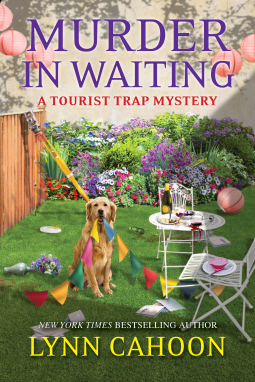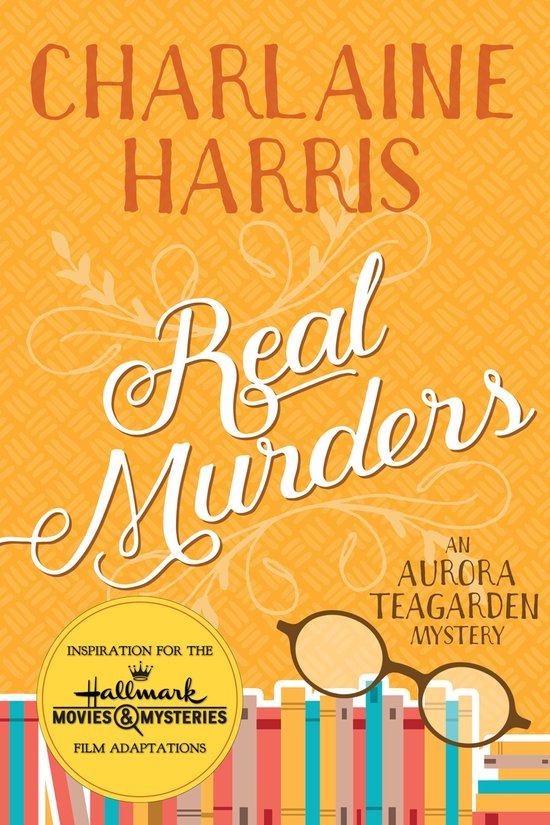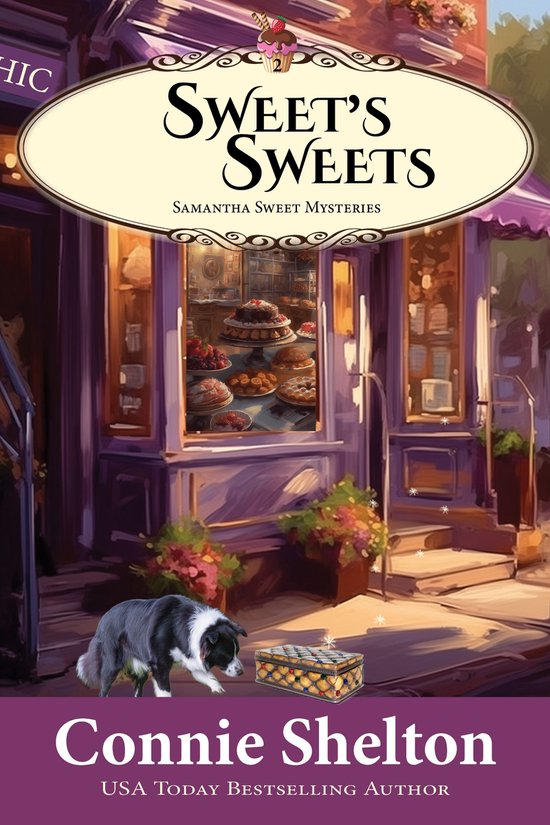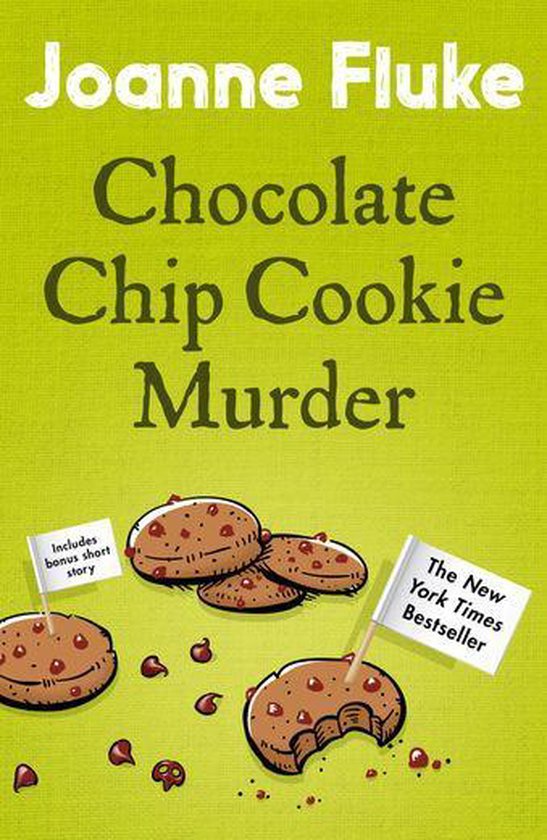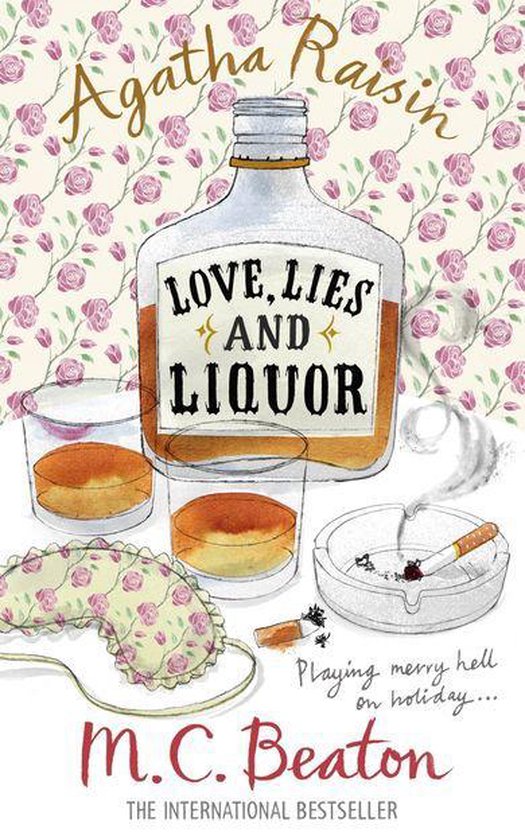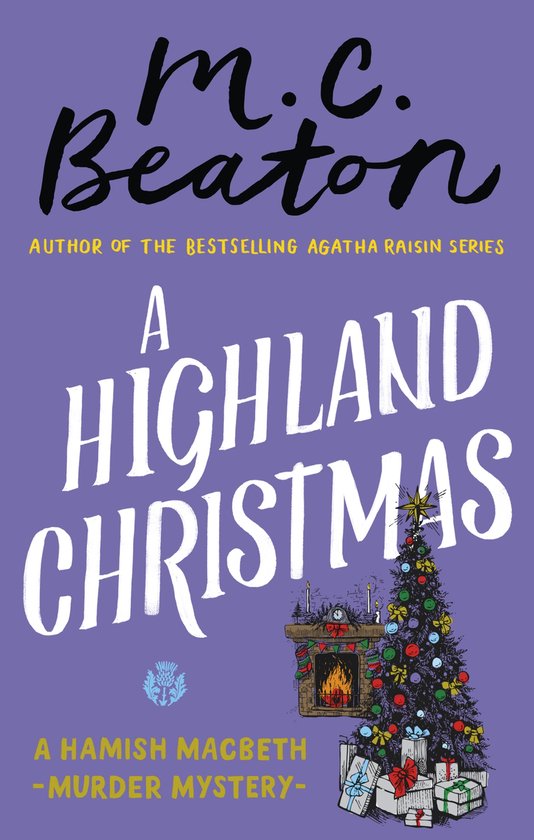This bookish autumn edition:
Save the dates: Friday 31st of October, Books & Booze and Tuesday 4th of November ALV
Message from the board by Ammerins Moss-de Boer
Elke in Paris by Elke Maasbommel
Unforgettable books by Ammerins Moss-de Boer
New English Bookshop in Groningen, by Reinou Anker-Sollie
Review The Thursday Murder Club Film, by Ammerins Moss-de Boer
Cozy mysteries: what are they all about, by Marjan Brouwers
Halloween Quiz, by Reinou Anker-Sollie
Save the dates
Books & Booze
Friday, 31st of October: a creepy Books & Booze session about Mary Shelley’s Frankenstein. She wrote the first draft of this novel after a famous gathering in Switzerland, where Lord Byron challenged his friends to write a ghost story. She published her novel in 1818 anonymously. in 1836 a new version of the novel came out. Fankenstein is considered to be one of the very first gothic novels and inspired a great many writers and filmmakers. Since 1930 no less than 70 films about Frankenstein, or at least some version of the original story, came out. The most recent version of Mary Shelley’s story was shot by Guillermo del Toro and will be streaming on Netflix in November. The teaser promises a version that is close to the original, but not quite. Anyway, plenty to discuss!
As always, the Books & Booze session will take place in Walter’s Bookshop from 17:00 – 19:00. You can sign up here by using the QR code below.
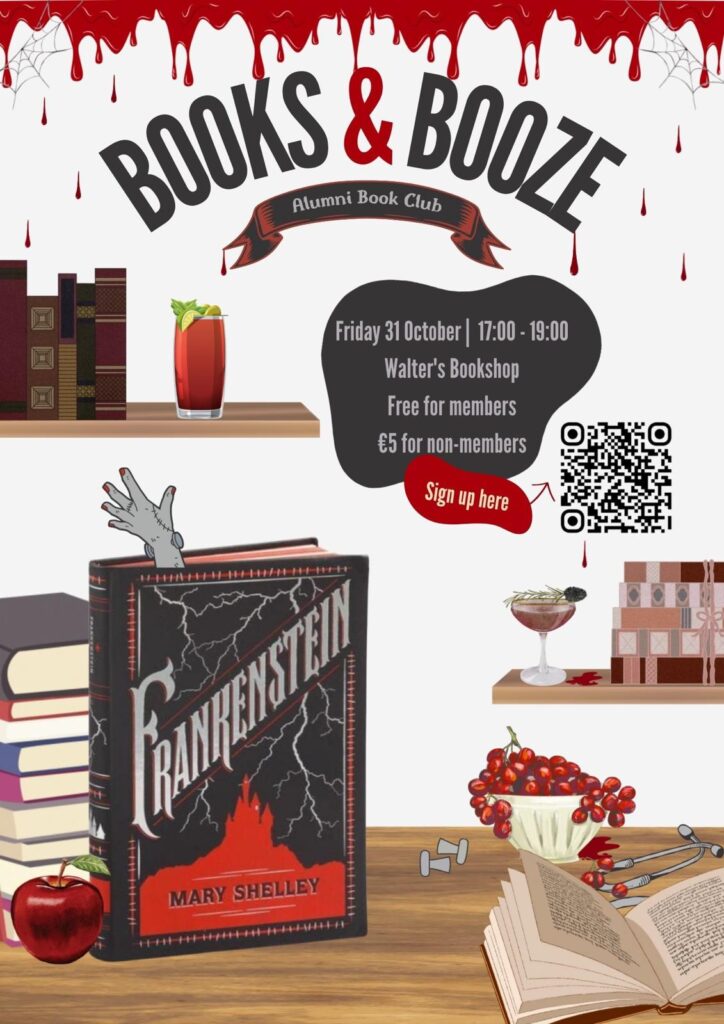
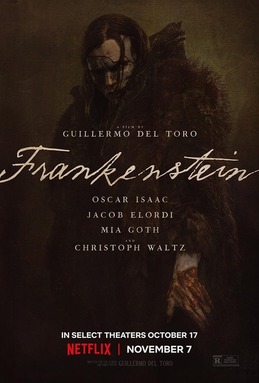
Upcoming Books & Booze get-togethers
- 19 December 2025: Katabasis by R.F. Kuang
- 13 February 2026: Pride and Prejudice by Jane Austen
- 10 April 2026: 11/22/63 by Stephen King
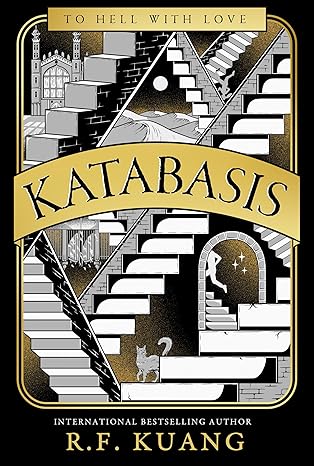
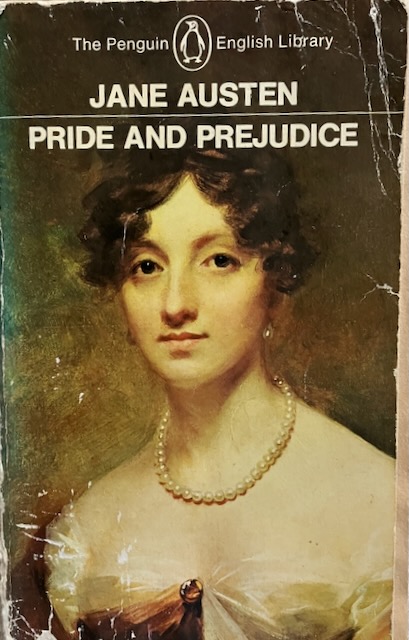
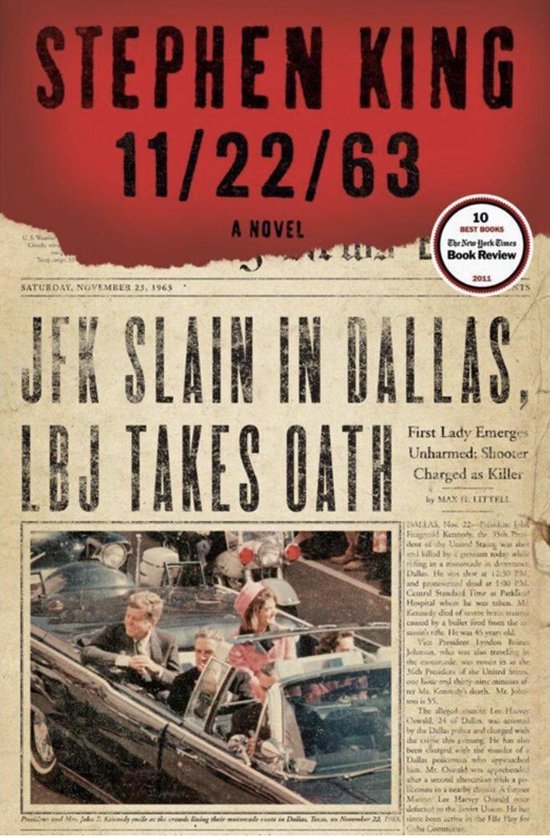
Tuesday 4th of November: ALV
After having recuperated after Frankenstein, you are welcome to joint the board for the annual ALV in de Harmoniegebouw. All members are invited to find us at 20.00 o’clock in the canteen on the first floor. You will find the relevant documents on our website. To access them, please use the password ALV2025.
Message from the board
by Ammerins Moss-de Boer
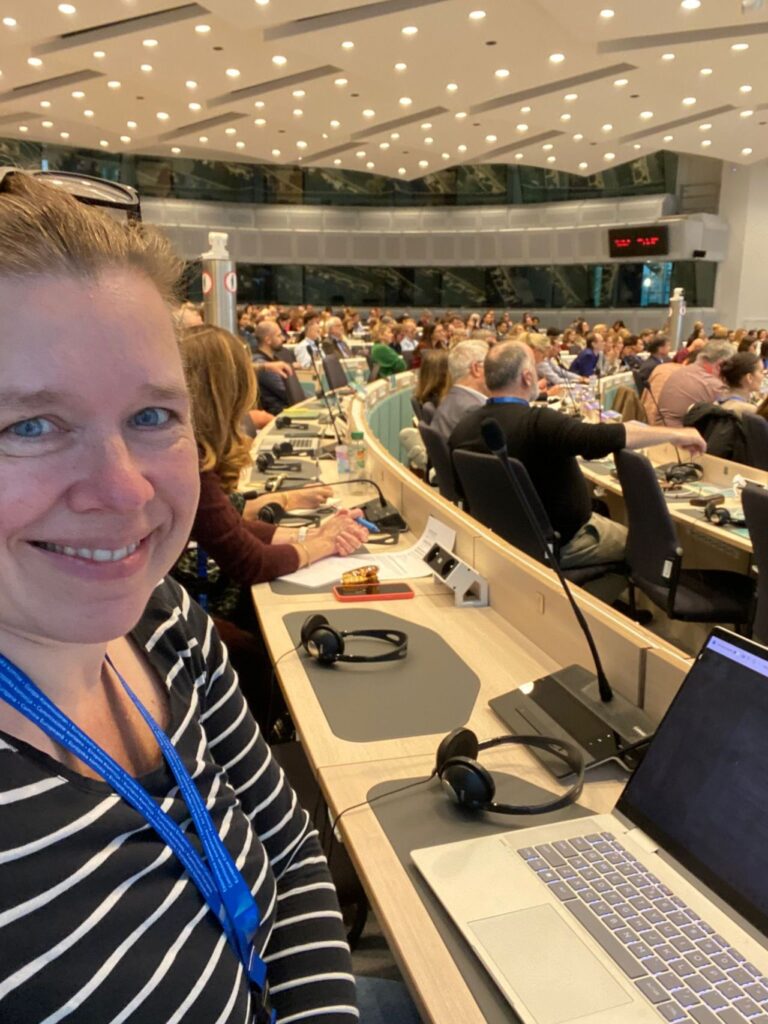
Tekst volgt
Unforgettable books
Two Americans in Paris
The Lives of Gertrude Stein and Sylvia Beachtel
by Elke Maasbommel
If I had been alive in the 1920s, I would have gone to Paris. Everyone lived there; so many famous painters, musicians, and they all flocked together on the so-called Left Bank, that part below the river Seine. When I was in Paris last week, I read two books by two American women whose influence on these artists cannot be understated. Want to know who they were and what they did? Read on!

If I lived in Paris in the 1920s, I would have gone to 27 Rue de Fleurus, near the Jardin de Luxembourg. For that’s where Gertrude Stein, a poet, art collector, novelist and critic, lived. Her The Autobiography of Alice B. Toklas is very much a literary experiment, and it narrates Stein’s life in Paris from the point of view of her partner Alice B. Toklas. Gertrude Stein was known for her trademark modernist style, and this book is no exception. I loved how Stein continuously had Toklas think of Stein as a genius, and write about how all modern writers copied Stein; it added a sense of ironic grandiosity to it. (Though I have read here and there that Stein really felt that way about herself.) I would have travelled there and tried very hard to be invited to her gatherings, and would have made sure to stick around.
If I lived in Paris in the 1920s, I would have gone to 12 rue de l’Odeon, where Sylvia Beach set up a very influential bookshop. I read all about it in her memoir Shakespeare and Company, which is what she called her shop. This memoir is much more down to earth, and Beach seems much more aware of the exceptional creativity of the people who flocked to her bookshop, instead of focusing on her importance within it. I think people would have been able to find me in that bookshop every single day.
If I lived in Paris in the 1920s, I would have gone to Stein’s portrait viewings of Picasso and Matisse, among others. I would have read her literary portraits of those painters. I would have bought the books she published for in her own house under the name of Plain Editions.
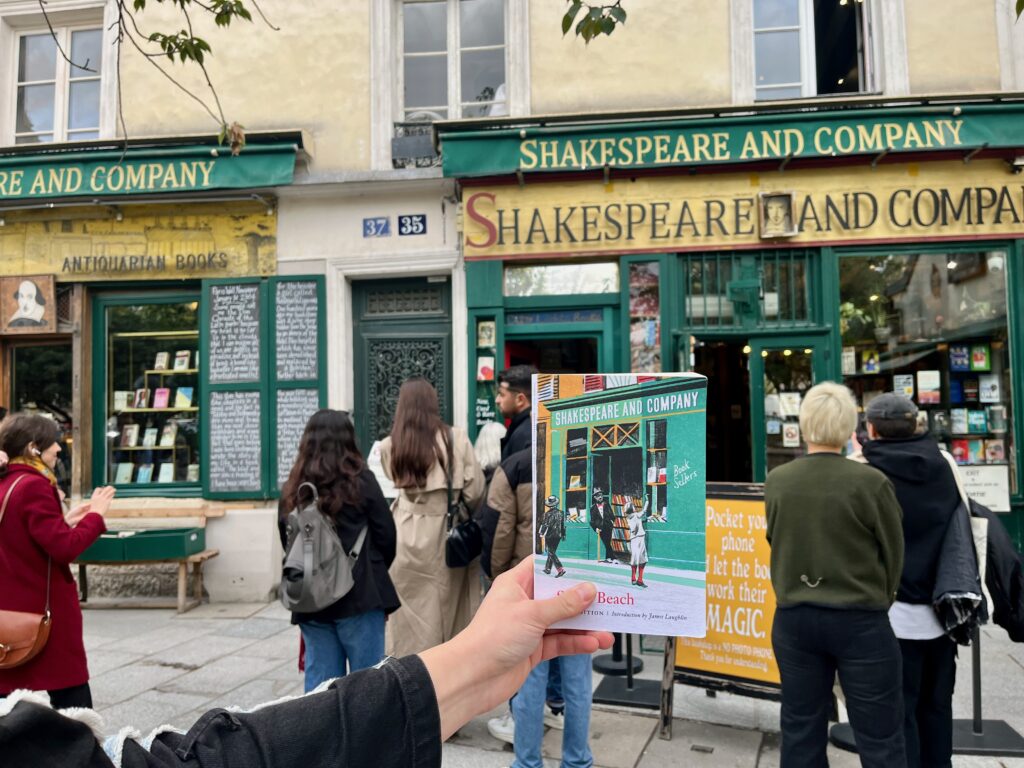
If I lived in Paris in the 1920s, I would have gone to the launch party of James Joyce’s Ulysses at Shakespeare and Company, because Sylvia Beach was the only person brave enough to publish a book that was banned in several countries. It cost her an arm and a leg, but Ulysses is now considered one of the most important books of the twentieth century.
If I lived in Paris in the 1920s, I would have gone to Jardin de Luxembourg, for that beautiful park is located very near both Gertrude Stein and Alice B. Toklas’s house, as well as Shakespeare and Company. If I had not invited to Stein’s dinner parties, or if the bookshop would had been closed, I would just have walked around in that garden. I bet Pablo Picasso was there all the time, or Ernest Hemingway, or poets Ezra Pound and T. S. Eliot, or Ford Madox Ford, or F. Scott Fitzgerald. I don’t think I would actually have been brave enough to talk to them, but I would just sit on a conveniently located bench and observe them. One of them might even have written a story about me, that weird woman who would always be watching them.
If I lived in Paris in the 1920s, even then I would have noticed how all those artists mentioned in the previous paragraph were men. And that’s not entirely fair, because according to both Gertrude Stein and Sylvia Beach there were plenty of talented women who deserved the spotlight. Take for instance Bryher, an English novelist (I looked her up on the internet and managed to buy two of her out-of-print novels), or her lover Hilda Doolittle, whose pen name was H.D., or Djuna Barnes, an American writer, or poet Mila Loy. I would have celebrated all these women and bought their books.
If I lived in Paris in the 1920s, I would have realised, perhaps even more than now, that Gertrude Stein and Sylvia Beach were very important for all the artists that flocked to the Left Bank in Paris. If it were not for Stein, Picasso might not have become so famous. If it were not for Beach, James Joyce might never have found a publisher for Ulysses. If it were not for those two women, the world might have been very different.
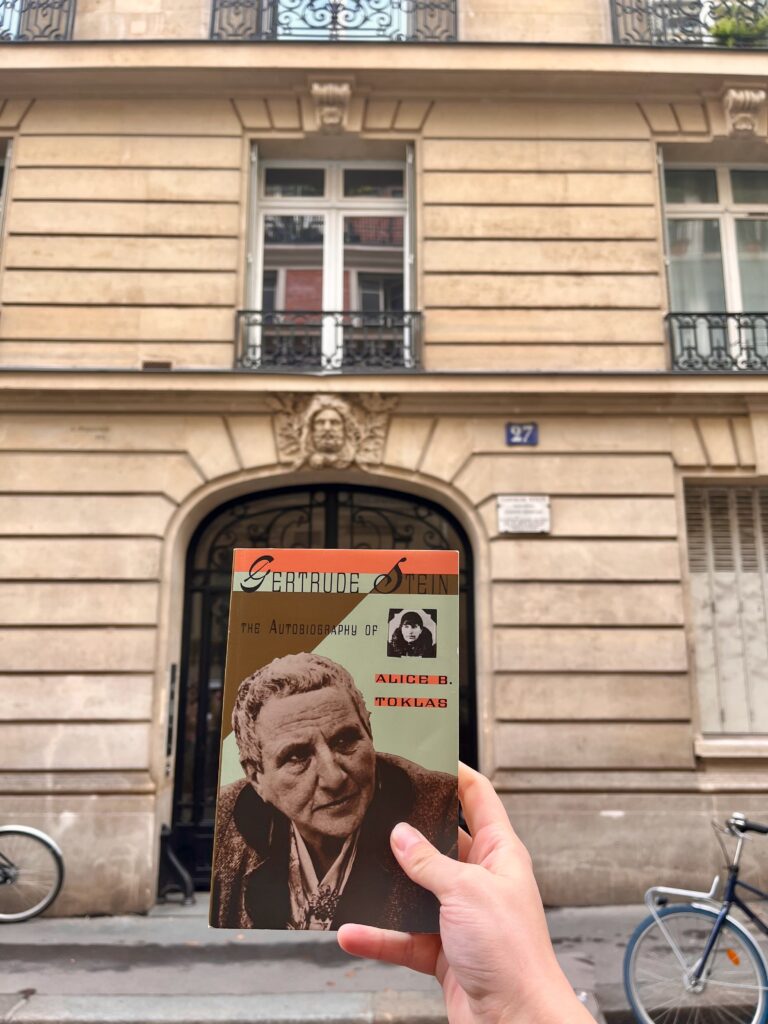
When I was in Paris last week and walked past Gertrude Stein’s address or the old location of Shakespeare and Company (there’s another bookshop in Paris with the same name, and it was named after Beach’s shop; also, it was far more photogenic), I felt such awe of these two women and everything they did back then. I so wished I could travel back in time. I wished I could tell these women how much I admire them, and how much I wish more people would still remember them.
If I were alive in the 1920s, I would have gone to Paris and would never have left. However, since this is obviously impossible, I’m glad I went there last week and paid my respects to Gertrude Stein and Sylvia Beach.
Falling Animals – Sheila Armstrong
by Ammerins Moss-de Boer
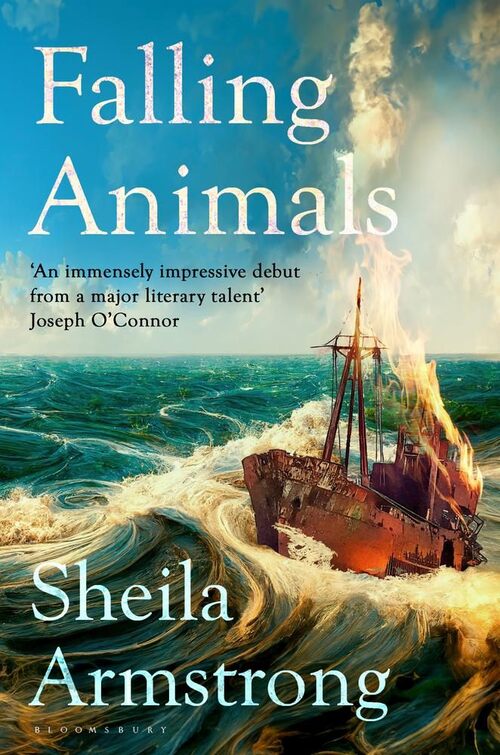
Whenever I am in the UK, I simply have to go on a book hunt, rummaging through the stacks, sifting past the towering 2-for-1 piles in search of read treasure. This year, I specifically wanted to get some new(ish) novels written by female authors from Ireland and Northern Ireland, and I returned with a haul that felt like a literary map of the island: Nicole Flattery’s sharp wit, Aimée Walsh’s raw honesty, Caroline O’Donoghue’s warmth, Michelle Gallen’s razor-edged humor, Niamh Mulvey’s quiet intensity, and, tucked among them, Sheila Armstrong’s Falling Animals. (For those who are missing Sally Rooney here, yup, no, been there, done that.)
At its surface, Falling Animals presents itself as a mystery: Who is the dead man on the beach? How did he get there? But when you start reading, you realise it is a masterclass in narrative layering, a novel that unfolds like a series of interlocking short stories, each chapter revealing another facet of the central mystery through a different character’s eyes. The effect is akin to reverse-peeling an onion – with every layer removed, you feel you are getting closer to the heart of the story, only to find that the core is not a neat resolution, but a haunting absence. The book’s structure is its brilliance, as each voice adds a piece to the puzzle, weaving a tapestry of lives that brush against one another, sometimes fleetingly, sometimes with lasting impact. It sometimes takes a while to figure out who knew who, and how this is linked to the man on the beach.
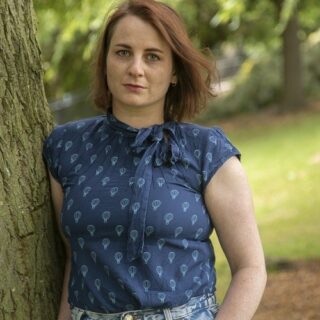
Yet, however beautiful it is written (the description of the scenery is amazing), the novel leaves you with a profound sense of loss. The unidentified man at the center of the story is never fully known, his life reduced to echoes in the memories of others. And yet this gaping hole is the book’s most devastating achievement: it forces you to confront how easily a life can slip through the cracks, how a single moment can unravel and destroy everything.
Falling Animals is a novel that lingers, not just for its mystery, but for its humanity. It’s a reminder that stories, and lives, are often defined as much by what’s missing as by what’s present. It is beautiful in its awfulness and heartbreak, and a book that will stay with you long after the final page.
Reviews
One More Chapter in Groningen
by Reinou Anker-Sollie
The wonderful city of Groningen has a new bookshop! In addition to Walter’s Bookshop — the little English-speaking brother of Godert Walter where we host our book club Books & Booze — and Van der Velde at the A-Kerkhof, there’s now another great spot for English readers to explore. The city’s community of book lovers just got a delightful new addition: One More Chapter.
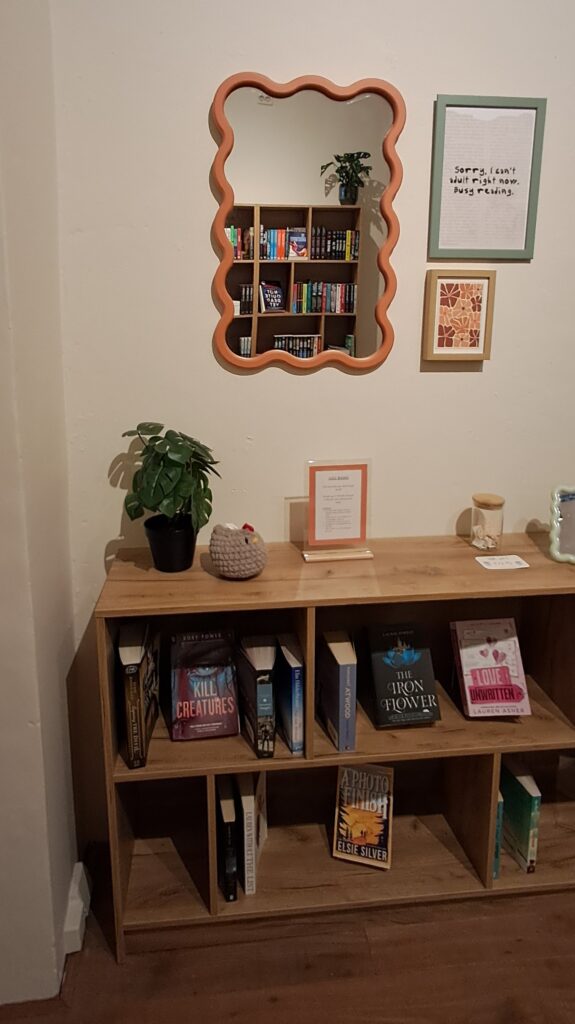
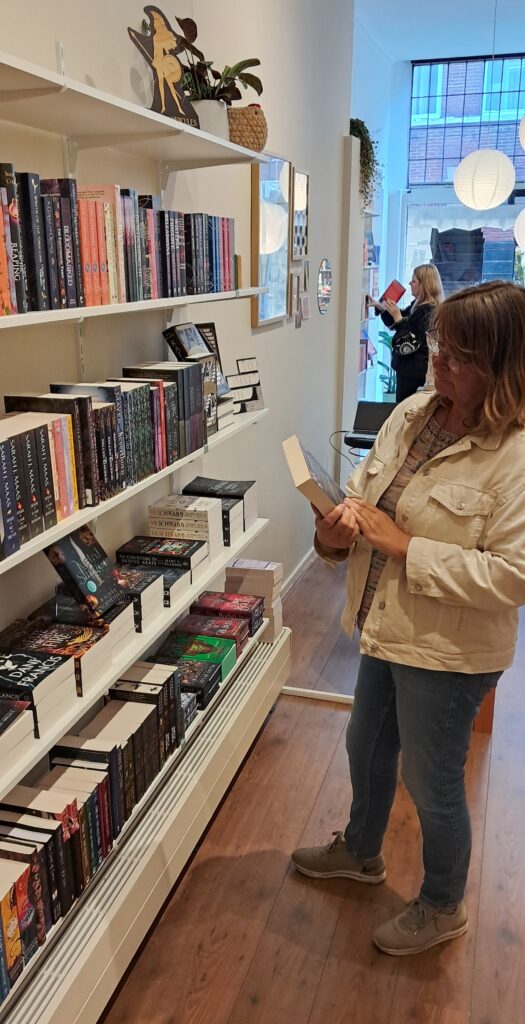
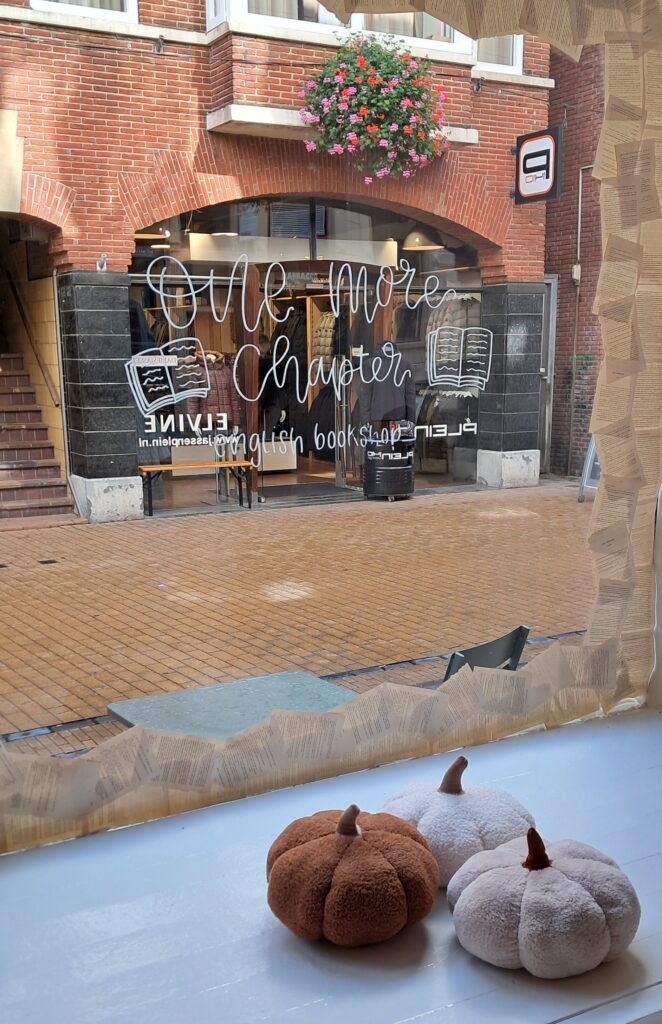
Located in the Zwanestraat, this English bookshop opened recently and was featured in o.a. SIKKOM and The Northern Times. The shop takes inspiration from BookTok — the lively online community where readers share their favourite titles, especially in genres like romance, fantasy, and thrillers. The owner’s goal is not only to sell books, but also to build a community of readers, with plans for events, book clubs, and creative workshops.
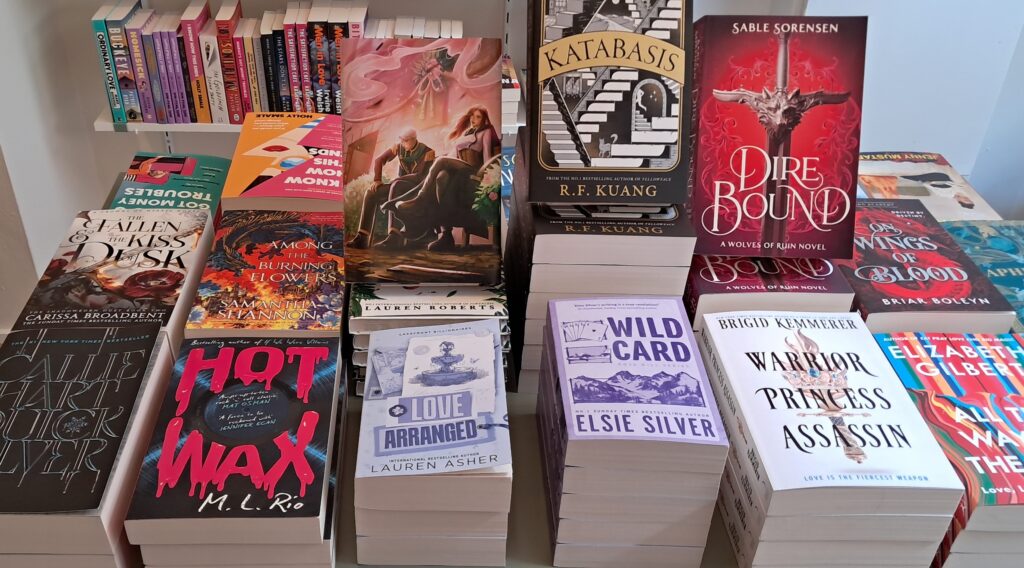
The shop itself is calm and cosy, with tables that are invitingly arranged — not too crowded, allowing every cover to catch your eye. The shelving is logical and easy to browse, grouped by genre in a reader-friendly way. It’s a small space, yes, but one that feels warm, intentional, and personal. In addition to books, the shop also has a small selection of cute curios such as the adorable emotional support chickens..

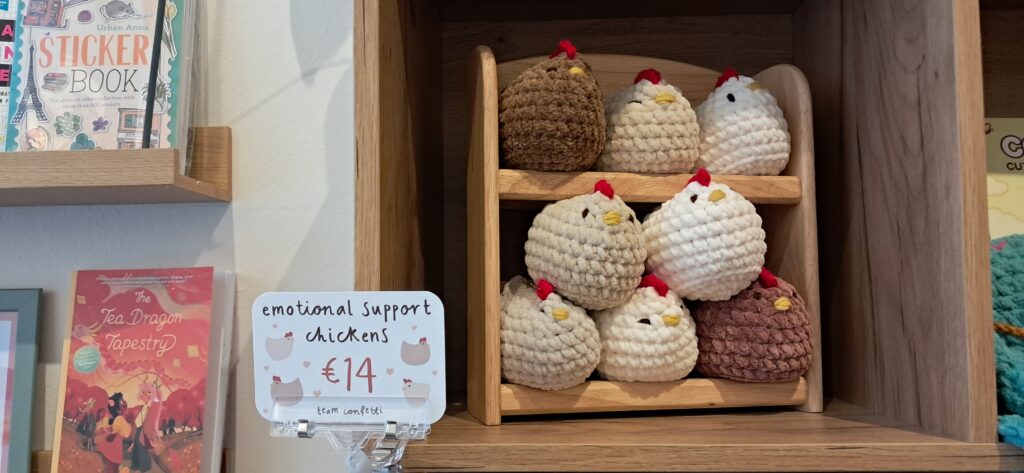
There’s still room to grow — the window display could use a bit more flair, and a website would help more readers discover the shop — but these are small details in what already feels like a lovely, welcoming place.
One More Chapter might serve a relatively small niche, but for me, it’s exactly the kind of bookshop I love: intimate, carefully curated, and full of wonderful books. It’s a promising new chapter for Groningen’s English-reading community — I hope the shop is here to stay.
P.s. All pictures were taken in September, the window display could easily have been changed since then.
The Thursday Murder Club – The Film
by Ammerins Moss-de Boer
As a die-hard devotee of cosy crime, I devoured every page of Richard Osman’s The Thursday Murder Club series with the enthusiasm of Miss Marple at a village fete. So, when news broke that an all-star film adaptation was in the works, I was equal parts thrilled and terrified. Book-to-screen adaptations can be very hit or miss; sometimes they are simply amazing and add elements you think of “Why wasn’t that in the book!” (Game of Thrones), and sometimes they should honestly never have been made (looking at you, Narnia films…). So, where did The Thursday Murder Club end up? Let’s just say that for me it was more “mildly disappointing cup of Earl Grey” than “steaming hot pot of intrigue.”
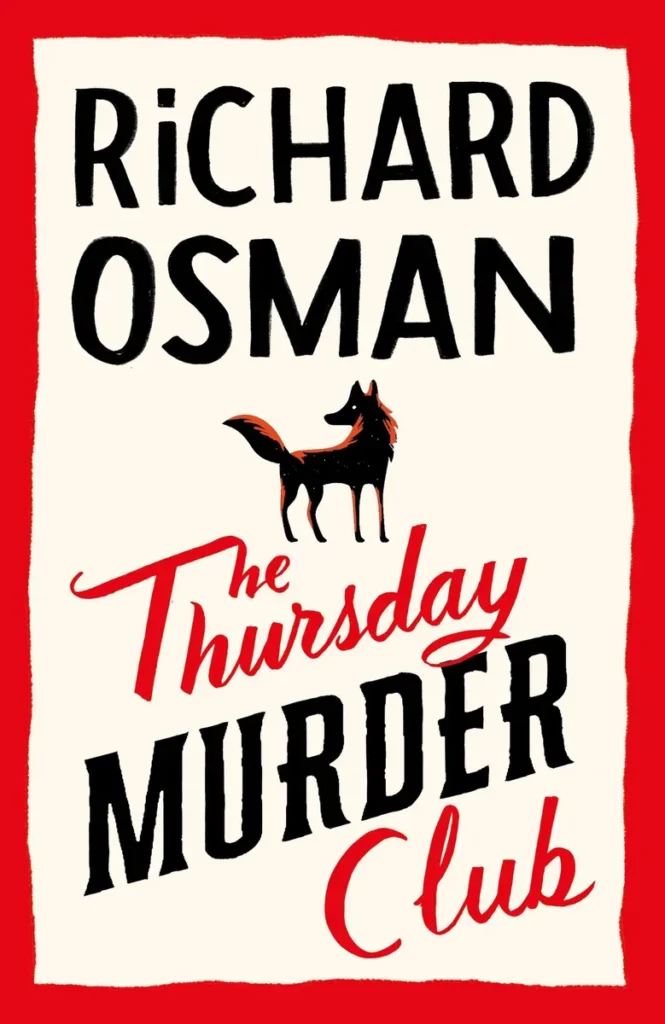
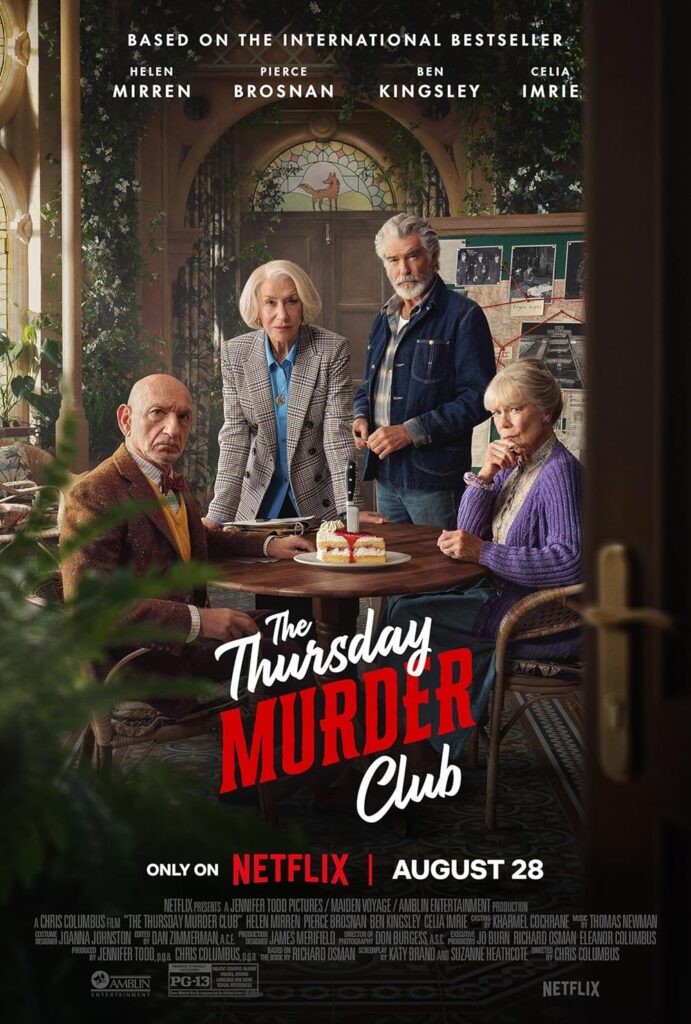
The film’s greatest strength is its visual charm. The gardens and palatial interiors of Coopers Chase retirement village are so lush and inviting, they practically beg you to pull up a chair, pour yourself a sherry, and settle in for a spot of amateur sleuthing. But really, in my mental image it was less Downtown Abbey, and a bit more Midsomer Murders – more “quaint village hall” and a little less “stately manor”, if you know what I mean…
We were dropped straight into the action. And it just went wrong straight away. Honestly, Pierce Brosnan as Ron Ritchie??? Brosnan, Mister Suave, feels so miscast here. His portrayal lacks the rough-edged charm and working-class grit that define Ron in the books. Instead, we get a performance that, while polished, never quite convinces. And no, I am not the only one who felt disappointed here, because when I checked online there were many fans and critics who argue that Brosnan’s star power overshadows the character’s essence, and that someone like Ray Winstone or Brendan Gleeson might have been a better fit (Hallelujah!). The rest of the ensemble, Helen Mirren, Ben Kingsley, and Celia Imrie, deliver as expected, but even their considerable talents can’t fully compensate for the film’s uneven adaptation of the source material.
The Thursday Murder Club is, at its heart, a gentle, feel-good mystery. It’s the kind of film that might appeal to those seeking a light, undemanding watch (it is a perfect one to watch while folding and ironing laundry), with its warm messages about friendship and defying the stereotypes of ageing. There are even moments that tug at the heartstrings, reminding us that death is only a (stopped) heartbeat away, even in the cosiest of settings. Yet, for fans of the books, it’s hard not to feel a pang of disappointment. The story’s depth and the characters’ complexities are often sidelined in favour of broad strokes and a rushed plot. Joyce took more time baking that coffee and walnut cake… The result is a film that, while pleasant, lacks the bite and wit that made the novels so engaging. It could, and SHOULD, have been so much more… Here’s hoping that if there’s a sequel, the filmmakers take a leaf from the books and give us the sharp, heartfelt mystery we know these characters deserve.
PS: also, Lucifer is from Wales? Well, I never. That’s one mystery solved, at least.
It’s a mystery!
Cozy mysteries: what are they all about?
by Marjan Brouwers
Ever since Agatha Christie conjured up amateur sleuth Miss Marple in 1927, reincarnations of this clever old lady are crowding the bookshelves. Although nobody would call Christie’s gruesome tales cozy, her Miss Marple stories have inspired detective writers to try their hand at what we now call the cozy mystery.
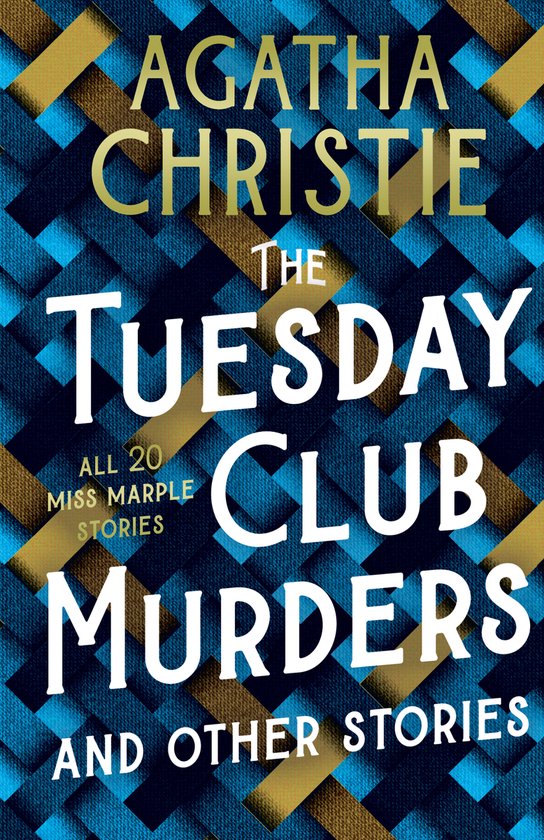
One of the most popular among the lot at the moment, is Richard Osman. With his popular The Thursday Murder Club series he doesn’t even try to hide Christie’s influence on his writing: the first story about Miss Marple was called The Tuesday Night Club and features a group of people trying to solve old murder cases, while Miss Marple is quietly knitting in the corner of the room.
What is a cozy mystery?
This is the best definition Ifound on the internet (that is crawling with cozy books at the moment):
Have you ever cuddled up with a book that provides the ideal balance of interest and comfort? This is a cozy mystery for you! These novels combine intriguing puzzles with attractive settings, frequently leaving you smiling rather than shivering.
Most cozy mysteries share the following characteristics:
- A clever, but quircky amateur detective, often female, who solves crimes using intuition, curiosity and common sense;
- The story takes place within a tight-knit community in a welcoming, picturesque village or town;
- The amateur sleuth is joined by a group of likeable or eccentric characters who either help the sleuth to solve the crime or get in the way (which makes the sleuth suspicious: who is the murderer?);
- No gruesome violence, grisly body parts or explicit sex scenes;
- The crime is committed offstage and is usually bloodless. Poison is the favourite murder weapon, but a sharp knitting needle also comes in handy.
- The murder is an intricate puzzle to be solved by the sleuth and the reader;
- To solve the murder, the sleuth is confronted by several red herrings, strange clues and creative plot twists;
- A happy end: the sleuth solves the crime and life goes back to normal. Until another murderer arrives on the scene in the next book.
Amateur sleuths
The amateur sleuth is a likeable, clever woman (most of them are female), who has a parttime job in a bookshop, a bakery, a coffee shop or an animal shelter. Often the sleuth inherited the shop after the previous owner (her aunt, grandfather or cousin twice removed) was murdered, providing the sleuth with her very first crime to solve). This job provides plenty of opportunities to interact with members of the community (gossiping, usually). To get important information the sleuth relies on her personal relations with the local police (think love interest, family member, old friend). Of course, the police doesn’t take her seriously when she is about to unmask the murderer. Like Miss Marple, she has to rely on her own resources to solve the crime. After the murderer is arrested (with minimal violence), the community can rest easily, until a new crime is committed in the next book of the series.
Famous sleuths in this genre are M.C. Beaton’s Agatha Raisin and Hamish MacBeth. Agatha solves crimes by accident, she doesn’t really want to, but just does. Hamish works as a policeman in a lovely Scottish seaside village, but is an amateur in spirit. He is a funny, lazy sod, who would rather go fishing or poaching than do his job. But he does solve crimes, but usually in his own way. For years, Jessica Fletcher was the best-known tv sleuth in Murder she wrote. Her stories are now also available in book form.
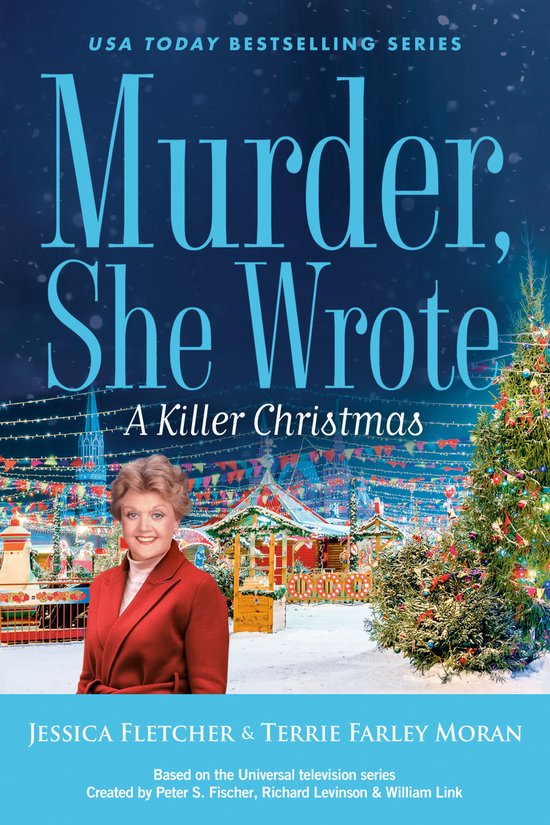
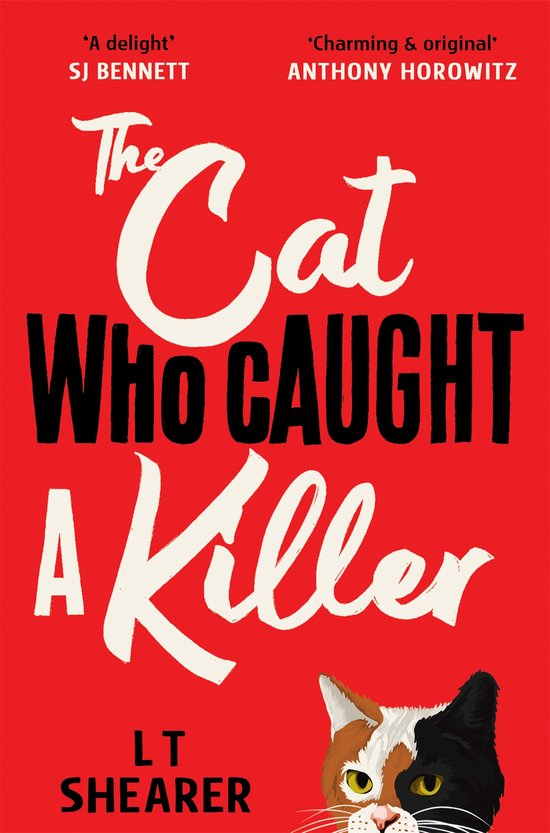
Cozy hobbies and pets
Another recurring theme in cozy mysteries is the sleuth’s passion in life: usually a cozy hobby like knitting, crocheting, bird watching, long distance walking, cooking or baking. Pets also play an important role, in particular cats. Sometimes the sleuth even is a cat himself, like Conrad the Cat Detective by L.T. Shearer, or appears as a sidekick of an amateur sleuth, like Paige Sleuth’s Cozy Cat Caper Mysteries. Mostly, however, pets are part of the sleuth’s home life, providing comfort when the sleuth needs it.
A dead body
Although cozy mysteries shy away from explicit violence, they do need someone to commit a crime. Most mysteries centre around a murder. It may take a while for the first dead body to appear: sometimes the authors spend half the book on the sleuth and her friends, sipping tea, baking muffins and grooming their Maine Coons before the victim drops dead. Cozy author Olivia Blacke explains that this genre is not only about solving murders: ‘Cozy mysteries are fun, light-hearted adventures – with a side of murder.’
A nasty victim
In general, detectives and thrillers set off with the murder of an innocent, often likeable character. The reader knows what is coming and braces herself: this gentle mother of three, this promising young lawyer or this pretty actress dreaming of fame, will be dead within a few pages. And their death will probably not be easy or painless. No such thing in a cozy mystery. Killing a likeable or, even worse, a returning character in a series is unforgivable. The readers will be upset and post a scathing review on Goodreads.
So, most cozy writers prefer an unlikeable victim: someone no one will miss. Like Ian Ventham, who dies in Richard Osman’s The Thursday Murder Club. Again, it was Agatha Christie who introduced unlikeable victims: about her victim in The Murder at the Vicarage, the narrator says: ‘Anyone who murdered Colonel Protheroe would be doing the world at large a service.’ Although nobody really cares about the victim, justice must be served and the sleuth has her work cut out for her.
A lovable murderer
More often than not, the nasty victim is killed by a lovable murderer: someone who seems totally innocent for the greater part of the book. Often the murderer only wanted to protect a loved one, the community or himself. The victim forced the murderer’s hand. The murderer was desperate and saw no other way out. The loveable murderer has plenty of excuses, but the sleuth always chooses to do what is right. She may feel sorry for the murderer, but this will not prevent her from getting to the truth. The crime must be solved and the murderer will be punished, no matter what.
All about the community
In the end, a cozy mystery focusses more on the sleuth’s personal life and passions and her connection with the other characters of the community than on the crime itself. As crime writer Andrew Shaffer explains on his website: ‘It’s the characters that keep readers coming back to popular series, not the mysteries. In other words, it’s about celebrating life, not dwelling on death. Let the hardboiled detectives drink themselves into stupors over the bodies they find in alleyways. Amateur cozy sleuths are too busy running small-town bookshops and baking cookies to let gloom and doom get them down for too long.’
A fuzzy, easy read
And this is exactly why this genre attracts so many readers. They simply love the easy read, the familiarity, the warm atmosphere and the occasional murder. They know the sleuth will find out whodunnit after some intricate plot twists, red herrings and some tender moments with a love interest and then all is well again. No grisly details, no scary moments and no nauseatingly graphic violence. Just a likeable, clever sleuth, who likes to knit, bake or read, owns a fluffy cat or an adorable small dog, and solves crimes between hosting cocktail parties and volunteering in the local library. After finishing the book, the reader doesn’t feel unsettled, but warm and fuzzy. Since most cozies are serialised, readers know they are in for more pleasant adventures involving their favourite sleuth.
Cozy reading tips
As I wrote above, the book market is flooded with cozy mysteries. Dozens of series are devoted to a single sleuth, you can find piles of mysteries featuring cats, dogs, chocolate chip cookies, pumpkin pies and knitting patterns, taking place in all kinds of shops, libraries and villages. Too much to choose from, so we have a few links to websites devoted to cozy mysteries and a number of lovely cozy reads that will get you through these rainy autumn evenings, sipping hot chocolate, nibbling chocolate chip cookies or cuddling in your favourite chair in front of a blazing fire.
- Find your favourite cozy mystery by perusing this blog on cozy mysteries.
- Want to know more about the genre: this website explains it all.
More fuzzy series to get you in a cozy mood
- Lynn Cahoon: Tourist Trap Mysteries
- Charlaine Harris: Aurora Teagarden Mysteries
- Conny Shelton: Samantha Sweet Mysteries
- Joanna Fluke: Chocolate Chip Cookie Murders
- M.C. Beaton: Agatha Raisin Mysteries and Hamish MacBeth Mysteries
